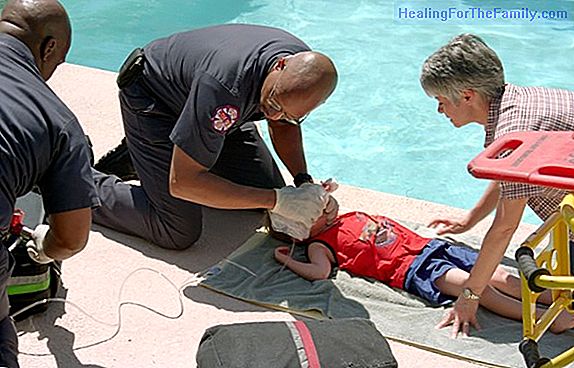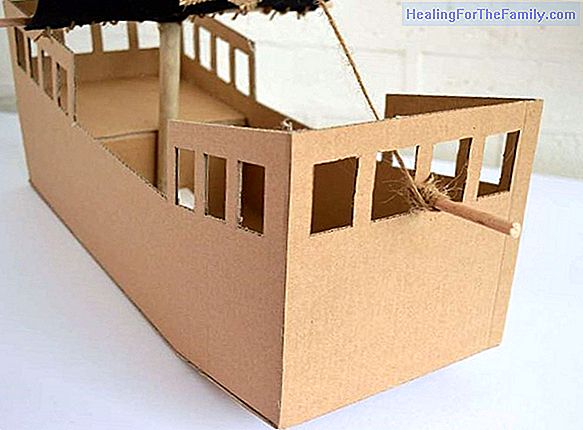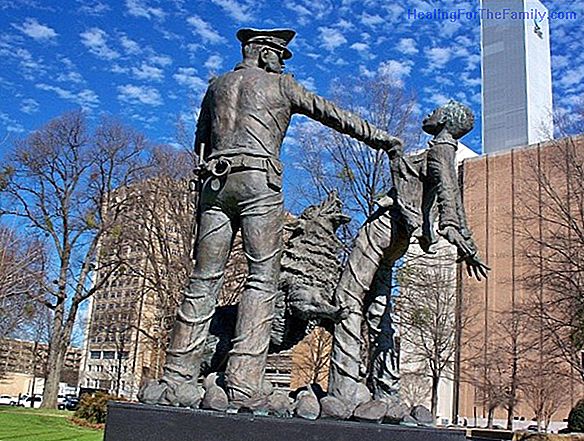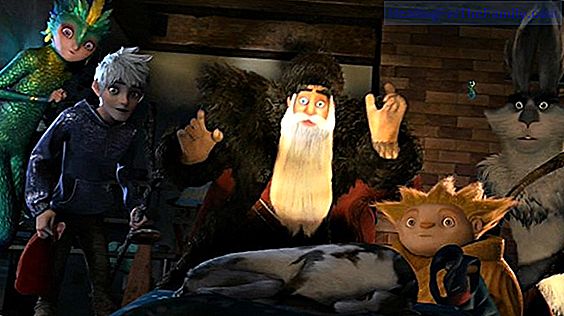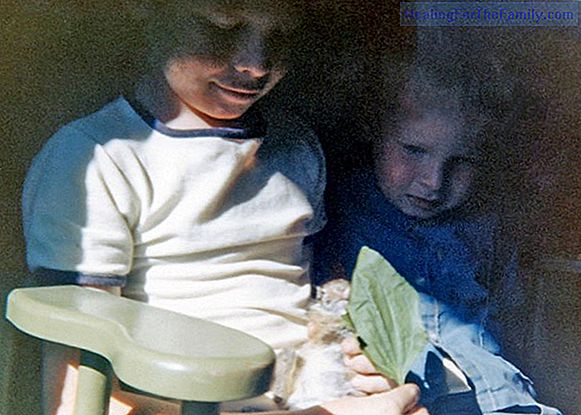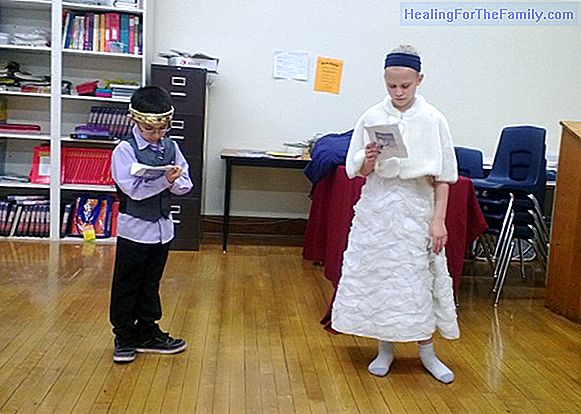How to teach children the water cycle
Mama, why does water fall from the clouds?', This is a phrase that our children probably have asked us more than once. And possibly, after a brief explanation about the rain, and the water cycle in general, the little ones in the house wanted to know more and more. Although this type of knowledge c
'Mama, why does water fall from the clouds?', This is a phrase that our children probably have asked us more than once. And possibly, after a brief explanation about the rain, and the water cycle in general, the little ones in the house wanted to know more and more.
Although this type of knowledge children acquire in school, they are always willing to let their family tell them everything that has to do with the hydrological cycle and that magical way that the sea water has to evaporate, condense and become a cloud that will then sprinkle rain on the earth.
How to help our children learn the water cycle

To explain this very useful concept to our children, the first thing we have to do is present the water itself in all its forms, so that they can understand the process later. Relate the concepts of the water cycle with real life will help you to understand if they also have fun.
Explain to them each form that water is capable of providing - through it in a real way, or with illustrations -, it will make them pay attention to the transformation that water can carry:
-The liquid state of water: It is the simplest, since they themselves can feel the water with which they bathe, drink, and get wet when it falls from the clouds.
-The solid state of water: All children are struck by an ice, which they can easily recognize, and what to say about the snow. In this way they will also understand your state. Also, to see with your own eyes how it melts will make you understand the previous, or the next.
-The gaseous state of the water: So that the children can understand why the water of the seas evaporates and then becomes precipitation, we can test them with a container or a wet cloth in a window, This way they will understand it easily.
The water cycle explained to children through drawings
Once you have understood this, we can move on to the order of the water cycle, which we will do through drawings so that our. To begin, we have to go step by step, granting them even eyes, mouth and 'life' to each of the elements: the sun, the rivers, seas and clouds, among others.
It is also necessary that we establish directions through arrows so that they do not lose the dynamics and the route of the hydrological process.
- Drawing 1: The sun evaporates the sea water. To make it much more fun and dynamic, we can draw a 'Sun Lord' who sucks with his big mouth the water that we can see placidly in the mar. With arrows that mark how water from the seas or oceans rises upwards, children will understand why water becomes gaseous particles.
- Drawing 2: The condensation of the clouds. These previous particles, which we can draw with funny colors that arrive from the sea to the sky son, are those that will later become clouds. In addition, we can not leave aside another fundamental character: the wind, which will be the one that drags the clouds to different parts of the earth.- Drawing 3:
The precipitation of the clouds . The rains or precipitations are those that fall from the clouds that have been formed with the gaseous particles from the sea, and that will return to the earth. We can draw funny drops, happy to fall back to the place from which they come. Here we can remind the children that the water can be liquid, orbecome ice or snow depending on the area. - Drawing 4: In this, we can continue with the
drops of rain that fell very happy from the clouds, and that have returned to the earth, filtering in it to return to their house, to the sea. This way we will still have where to bathe in summer. - Drawing 5:
Rivers . So that children do not get lost in that only seas can be created, we also have to understand the part of the rivers, since these drops of rain that fall from the clouds also give rise to ríos rivers and springs. This process is called infiltration, and it is the one that gets that even if these aquifers are formed, they return to the sea equally and the cycle is completed.

